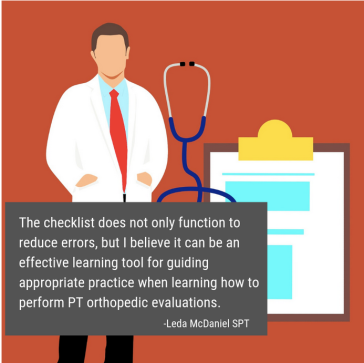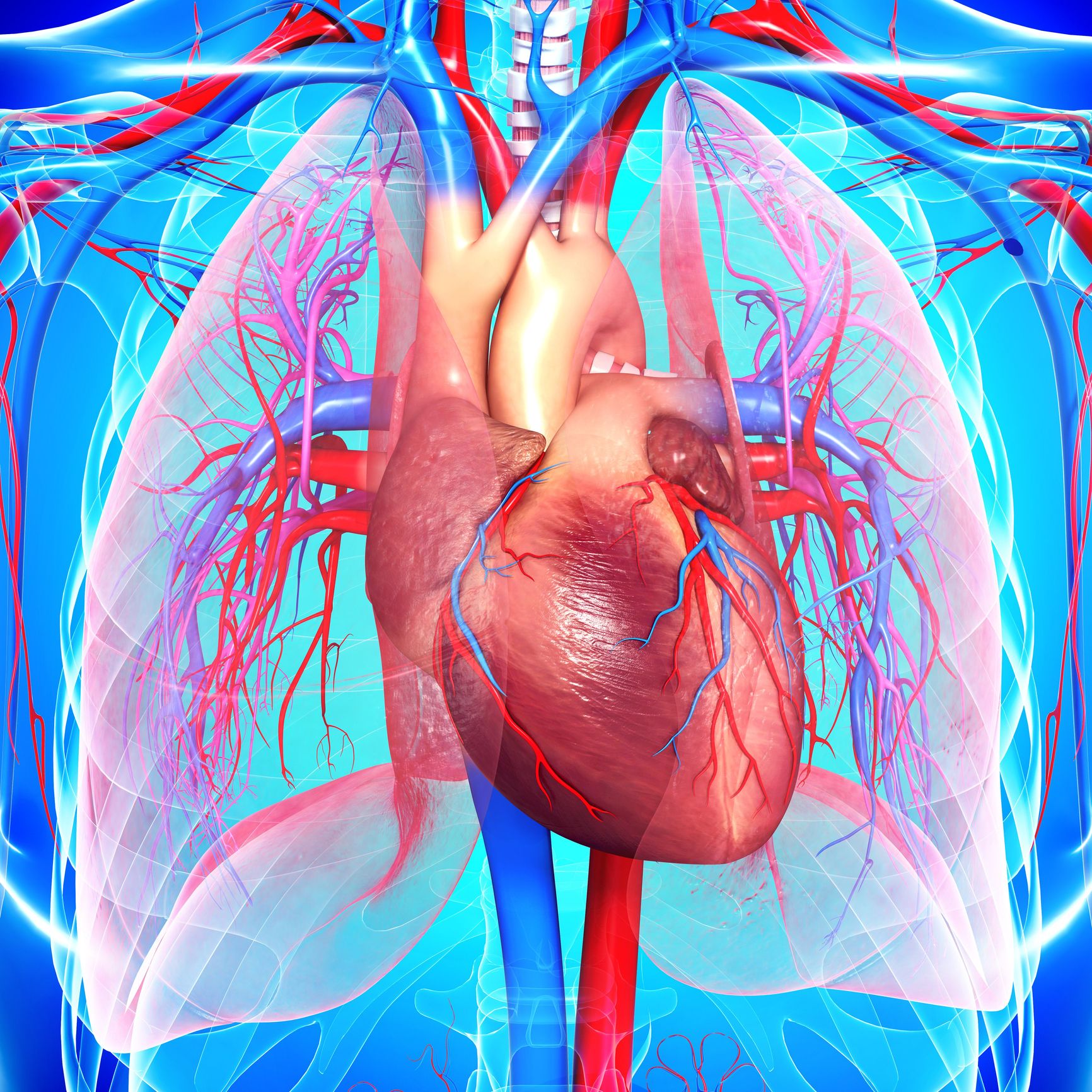Boost Your Fitness Game Expert Advice for Beginners
Getting Started: Setting Your Fitness Goals
So, you’ve decided it’s time to kickstart your fitness journey. Congratulations! But where do you begin? Before diving headfirst into workouts and diets, take a moment to define your fitness goals. Do you want to lose weight, build muscle, improve endurance, or simply adopt a healthier lifestyle? Setting clear, achievable goals will serve as your roadmap, keeping you focused and motivated along the way.
Know Your Body: Listen and Learn
Now that you’ve outlined your objectives, it’s crucial to understand your body. Each person is unique, with different strengths, weaknesses, and limitations. Listen to your body’s cues during workouts. Pay attention to how it responds to different exercises and intensity levels. Learning your body’s signals will help you tailor your fitness routine to maximize results while minimizing the risk of injury.
Start Slow: Gradual Progress Leads to Lasting Results
One of the biggest mistakes beginners make is diving into intense workouts too quickly. While enthusiasm is commendable, pushing yourself too hard too soon can lead to burnout or injury. Instead, focus on building a solid foundation. Start with low-impact exercises and gradually increase intensity and duration as your fitness level improves. Remember, it’s not a sprint; it’s a marathon.
Find Your Tribe: The Power of Support and Accountability
Embarking on a fitness journey solo can be daunting. That’s where a supportive community comes in. Whether it’s a workout buddy, a fitness class, or an online community, surrounding yourself with like-minded individuals can make all the difference. Not only can they provide encouragement and motivation, but they can also hold you accountable, keeping you on track when temptation strikes.
Mix It Up: Embrace Variety in Your Routine
Variety is the spice of life, and the same holds true for your fitness routine. Don’t get stuck in a rut doing the same exercises day in and day out. Not only does variety prevent boredom, but it also challenges different muscle groups, prevents plateaus, and reduces the risk of overuse injuries. Experiment with different workouts, classes, and activities to keep things interesting and your body guessing.
Fuel Your Body: Nutrition Is Key
You’ve heard it before, but it bears repeating: you can’t out-exercise a bad diet. Proper nutrition is the foundation of any successful fitness journey. Fuel your body with whole, nutrient-dense foods that nourish and energize you. Prioritize lean proteins, complex carbohydrates, healthy fats, and plenty of fruits and vegetables. And don’t forget to stay hydrated! Drinking enough water is essential for optimal performance and recovery.
Rest and Recover: Your Body’s Best Friend
In the pursuit of fitness goals, it can be tempting to go all-out, all the time. But rest and recovery are just as important as exercise itself. During workouts, you’re essentially breaking down muscle tissue. It’s during rest periods that your muscles repair and grow stronger. Make sure to incorporate rest days into your routine, as well as techniques like stretching, foam rolling, and adequate sleep to optimize recovery and prevent burnout.
Track




















